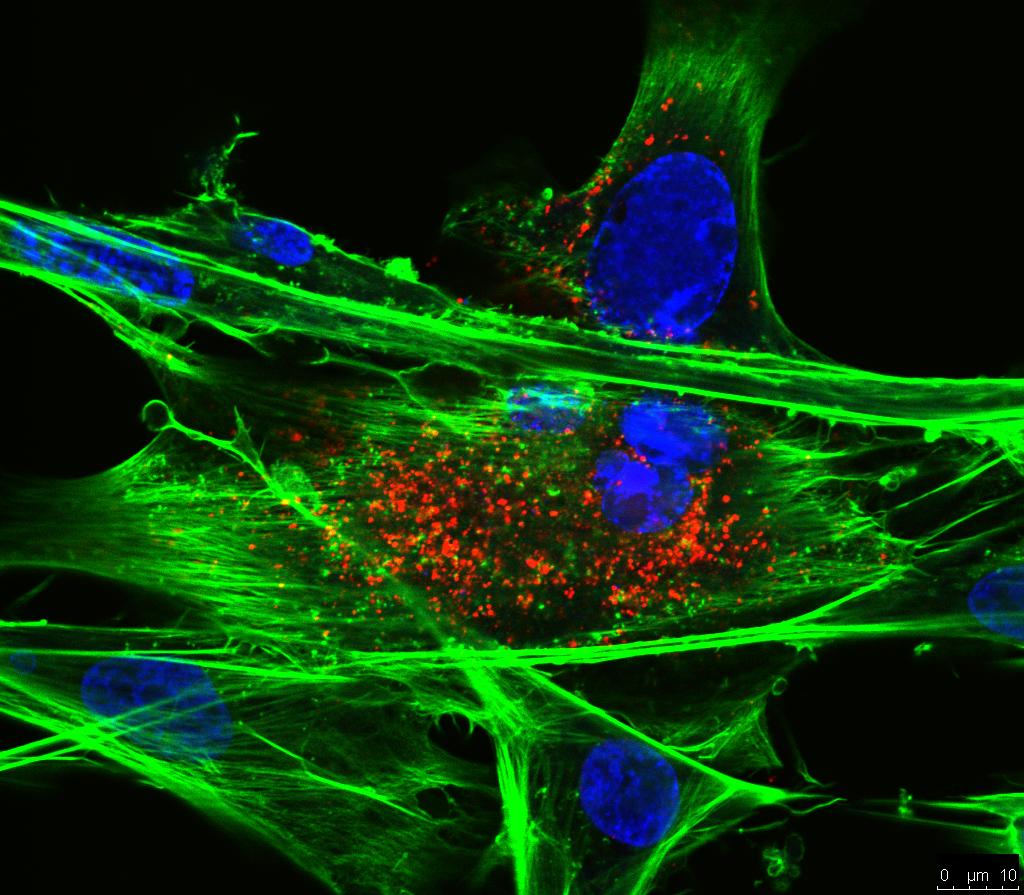Diversity, evolution and transcription of endogenous retroviruses in Chiroptera genomes
Bats (Chiroptera) are a taxonomic group of immense biological and ecological importance. They are primary reservoirs and carriers of various zoonotic viruses. Endogenous retroviruses (ERVs) originate from ancient retroviruses invading the host, and ERV-derived sequences can function as regulatory elements which influence gene expression and contribute to both physiological and pathological processes. However, ERVs and ERV-like elements (ERVLEs) carried by bats have not been fully characterized. In this study, we systematically explored the ERVs in 61 bat species and identified 10,352 bat-ERVs and 5,884 bat-ERVLEs sequences, these sequences covered three major virus genera and included seven groups related to human ERVs in the subfamily Orthoretrovirinae. In particular, a relatively intact endogenous deltaretrovirus sequence was identified in Molossus molossus. Additionally, 358 bat-ERV and 33 bat-ERVLE were identified as recombinants. The integration time of bat-ERVs was estimated to be concentrated in the last 10~40 million years, indicating their role in shaping the bat genome during the long-term co-evolution of virus and host. Furthermore, carnivorous bats tended to have more relatively complete and younger ERVs compared to herbivorous bats. According to bat transcriptomes, we found that 1,385 bat-ERVs and 197 bat-ERVLEs had transcriptional potential in 20 different tissues of 25 bats, implying that bat-ERVs harbored actively expressed genes with potential functions. In summary, we comprehensively characterized bat-ERVs in terms of their evolution, types and potential functions, providing foundational data and a new perspective for further research on bat-ERVs.
